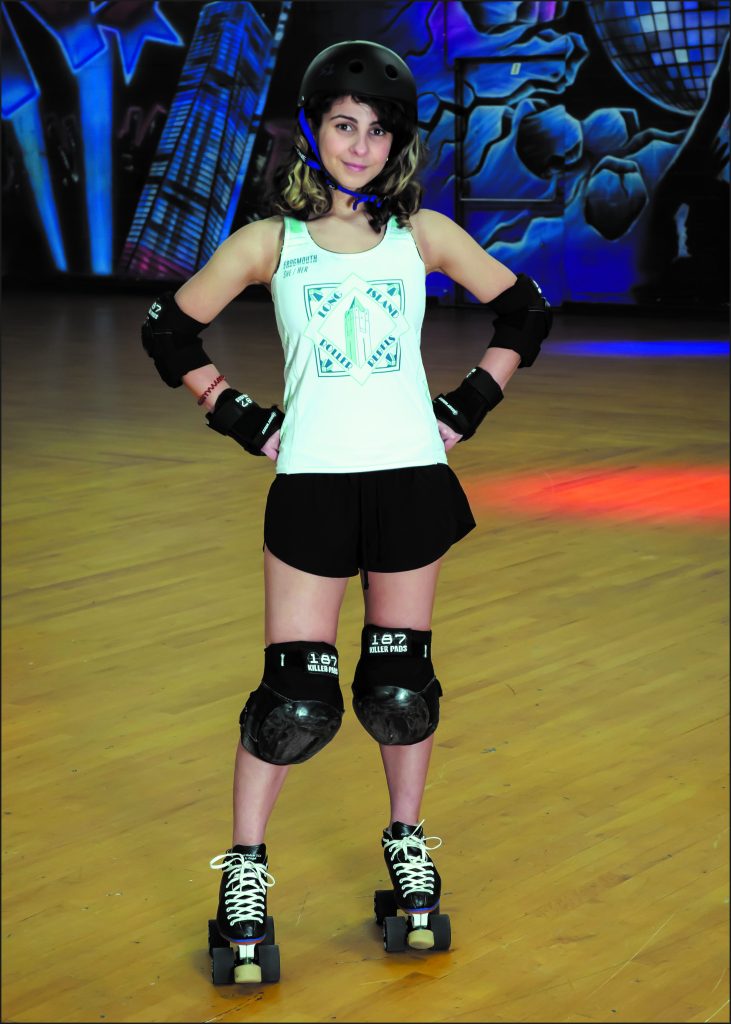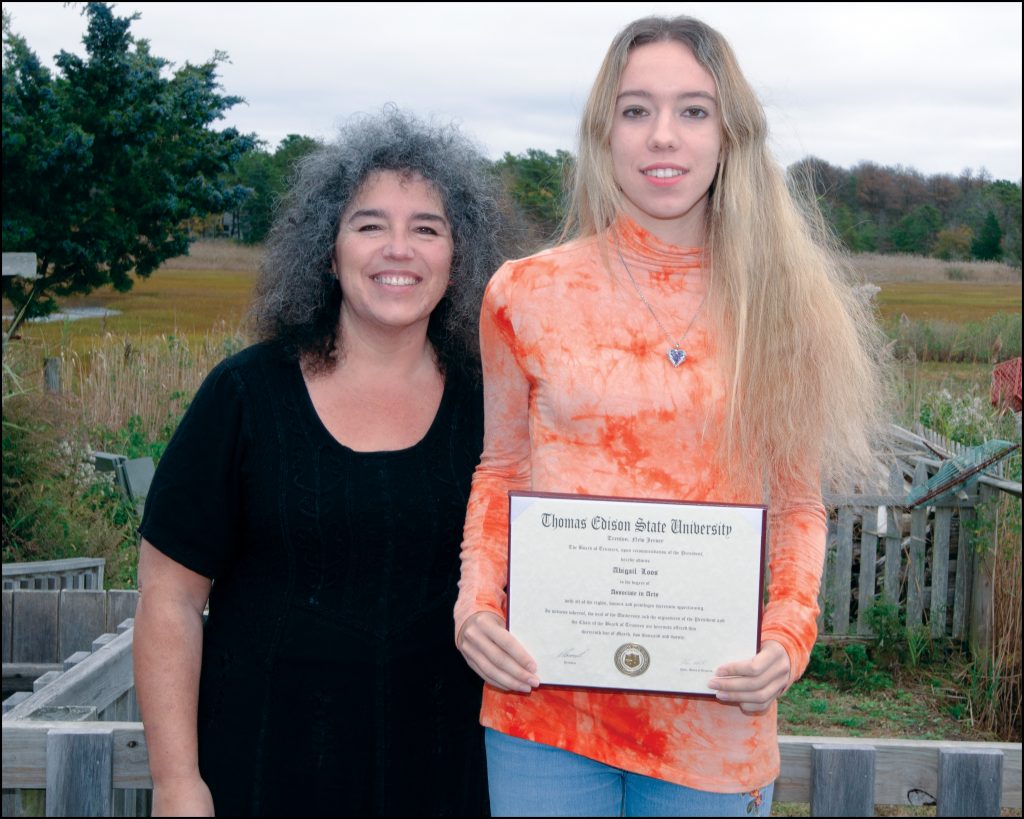By Telijah Patterson
Campus News
From this summer’s Keke challenge, which featured people jumping out of moving vehicles and dancing in the street to the song “In My Feelings” by rap artist Drake, to the rise in popularity of augmented reality filters that social media users use to enhance their image, selfies are all the rage. However, behind all the smiles and duck lipped poses, selfies are racking up a different kind of reputation.
There has been an exponential increase in the amount of selfie related deaths in the past few years. An observational study published in the Journal of Family Medicine and Primary Care noted that 259 people have died worldwide while taking selfies between 2011 and 2017, an average of 43 people a year. Even though women take more selfies than men, men account for 72% of selfie related deaths. Researchers speculate that this may be because men tend to take more risks, for example, hanging off of cliffs or driving while taking selfies.

In October a couple from India, Meenakshi Moorthy and Vishnu Viswanath, fell to their deaths in Yosemite park in California. The couple was last seen setting up a tripod and when visitors passed the sight the next day, all that remained on the cliff where they fell was the tripod. Their bodies were later retrieved by a special team, 800 feet below the cliff. The couple had an Instagram account dedicated to showcasing their travels with over 25,000 followers. In a chilling post, perched at the edge of another cliff at the Grand Canyon, a few months earlier on March 28 the couple warns their followers about having boundaries when taking photos in risky locations, and the fatal potential of wind gusts and asks “Is our life just worth one photo? … We squirm at another selfie attempt gone south from a skyscraper, let’s remember to save that in our core memory and not the memory dump.” The couple may have been referring to the death of Wu Yongning who fell to his death from a 62-story building in Chongsha, a city in southern China, in December 2017. Reports have noted he was participating in a “rooftopping” challenge that promised $20,000. He planned use the money to propose to his girlfriend and help his sick mother.
Governments around the world are taking note of the danger and have taken actions to protect their citizens. In India, where the majority of selfie deaths have occurred, the government has designated certain areas “No Selfie Zones” and instructed law enforcement to intervene when they see someone taking a selfie in a risky location. In the U.S., the National Transportation board issued warnings on Facebook about the dangers of participating in the Keke challenge and urged citizens to be safe.
The average age of people dying of selfies is 22, which is about the age of your average college student. Although, you are more likely to be injured rather than die from a selfie incident, it is still important to be cautious. There are ways you can stay safe. First, be aware of your surroundings. If you are in an area where there are warning signs, it is wise not to take a selfie. Although this list is not exhaustive abstain from taking selfies while swimming, driving, or on cliffs. Secondly, it may be best to forgo the photo if a situation seems a bit risky so try living in the moment. After all, a number of studies have shown that taking photos impairs your memory of those specific events. No, you might not get those instant bragging rights from posting an epic albeit risky photo, but in the end, what matters most is safety before selfies.







Facebook Comments